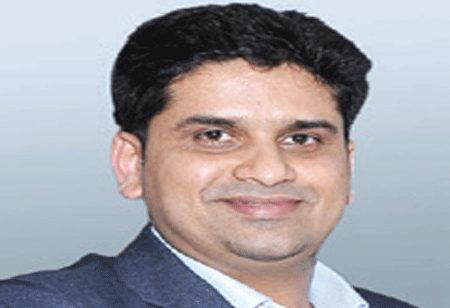
There is not going to be a ‘post-COVID 19’ scenario for industries, or otherwise for at least another year now. What we already have is a new normal that we have to adapt to and learn to co-exist with the virus. That said, the chain re-actions across industries and the impact on every aspect of human behaviour is without precedent.
The lack of opportunities in the villages drives people to migrate to large industry-heavy cities. This puts a lot of pressure on infrastructure and social systems in cities. Invariably, given the dominance of the primary sector among the majority populace, it will be here that the most important scenario change can, and ought to take place.
Agriculture still adheres to a subsistence model, with little commercial exploration happening on a large scale. Now is a great opportunity for governments, both at the Centre and State levels, to recalibrate funds and shift focus on the primary sector, specifically on agriculture. If subsidies are properly calibrated, they can give rise to a lot of supporting industries in semi-urban and rural centres. If people are provided with enough incentives to stay in the primary sector, it can lead to decentralizing resources from urban centres, as it also helps revive the rural economy.
Only by implementing economic policy shifts and bringing-down the cost of capital can there be a significant growth and in-turn this could perhaps trigger a second wave of liberal growth in the country
There is already a reverse migration that has been triggered. Governments can capitalize on and deploy this wave of reverse migrants back into the primary sectors by providing some subsidies and investment mechanisms to motivate them. The large part of the relief packages that have been announced can be made use of to give an impetus to the agrarian sector. This is a great opportunity to shift focus and change the economic frontiers of India.
Now, all these measures have to be seen in the context of changes happening in the global landscape. If you look at urban concentration of growth in Indian cities, the main economic activity revolves around just a few specific sectors, driven by outsourcing, IT and ITeS verticals. This hegemony is going to dramatically change at least in the midterm, say some three years, meaning there are not going to be many opportunities in the cities, and migration itself might reduce for the next few years. It is thus a great chance for the Indian economy to realign its focus and shift from its practice of concentrating only on the urban. This is what the post-COVID 19 narrative of the Indian economy is going to look like – disproportionate increase in costs and subsequent increase in prices in most retail sectors, and the need to deploy reverse migrants into entrepreneurial pursuits in primary sectors.
In the emerging economic landscapes, patient capital ought to be made available to not just agriculture, but also to budding entrepreneurs and small & medium industries. Only by implementing economic policy shifts and bringing-down the cost of capital can there be a significant growth and in-turn this could perhaps trigger a second wave of liberal growth in the country.
For the social sector, there has to be a lot of encouragement for social entrepreneurs by giving them non-capital intensive or a non-capitalistic means of funding their operations. Now, a lot of social entrepreneurs come under the same method of P/E method for investments being available to them; that needs to change. The Finance Minister Nirmala Sitharaman’s proposal to create a social stock exchange must happen in the next three months. If that happens, you’ll see a huge wave of social entrepreneurs who are focused on welfare economics.
We use cookies to ensure you get the best experience on our website. Read more...